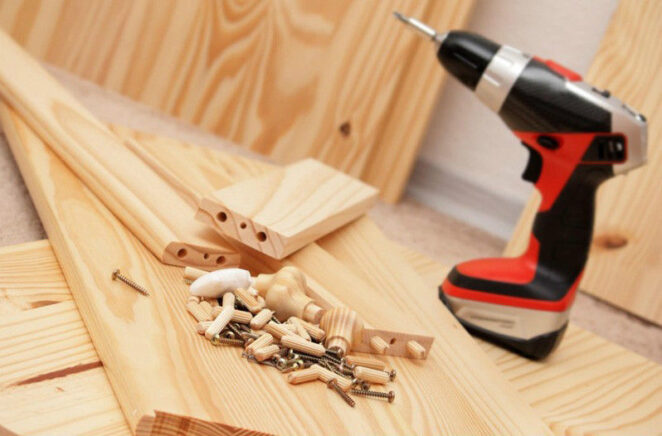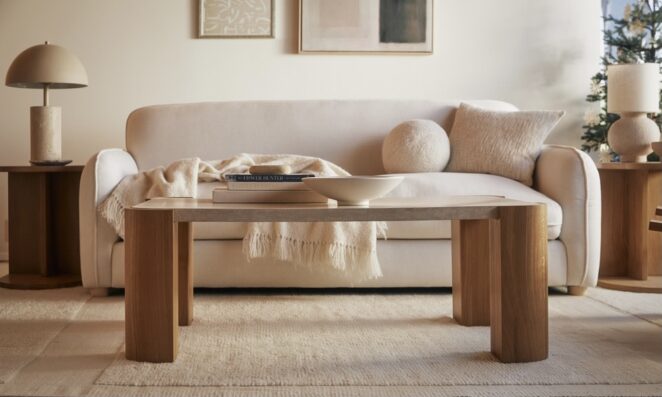Redesigning your home can be an exciting but daunting task, especially when it involves moving large pieces of furniture. Missteps can lead to physical strain and potential damage to your precious items. If you have recently relocated to a new residence, you have the option to enlist the services of local Richmond removalists to handle your furniture transportation. However, if you prefer a do-it-yourself approach, this guide is tailored to meet your needs.
This guide offers a collection of effortless furniture moving tips to make redesigning your home smoother and more manageable. With some planning and the proper techniques, you can ensure a hassle-free and successful home transformation.
Assessing Your Space
Before moving furniture around, it’s crucial to understand the available space. Start by taking precise measurements of each room and drawing a rough floor plan. This will give you an idea of how much room you have to work with and help you avoid common mistakes like overcrowding a space or blocking natural light sources.
Don’t forget to consider the layout of doors and windows and any built-in features like fireplaces or alcoves. The locations of power outlets and light switches are also worth noting, as these can influence where you’ll want to place specific furniture.
Preparing Your Furniture

Before initiating the furniture moving process, it’s essential to prepare your pieces to prevent damage. Start by removing detachable parts such as cushions, drawers, or shelves. Secure any doors or parts that might swing or slide during the move with tape or plastic wrap. Consider disassembling large items into manageable parts when dealing with large items.
Always remember to keep screws, bolts, and other small pieces in labeled bags to reassemble the furniture later quickly. Covering sharp corners with bubble wrap or foam can help protect your furniture and walls from scratches and dings. Lastly, ensure you have a clear path for the move to prevent tripping or knocking into other items.
Gathering Essential Tools and Supplies
When moving furniture, having the right tools and supplies can make the process smoother. First and foremost, a sturdy hand truck or dolly is invaluable for transporting heavy pieces. You may also need a set of furniture sliders, making moving large items across the floor easier without causing damage. Pack a toolbox with essential items like a screwdriver, pliers, a hammer, and a wrench for disassembling and reassembling furniture.
You should also have packing materials such as bubble wrap, plastic wrap, and furniture pads to protect your items during the move. Don’t forget to keep a set of solid and durable ropes or straps on hand for securing items to the dolly or in the moving vehicle. Finally, always have a first aid kit nearby for minor injuries during the move.
Safe Techniques for Moving Furniture

When moving furniture, applying safe techniques to prevent physical harm is crucial. Begin by inspecting the movement path, ensuring it’s clear of any obstacles. If lifting heavy items, bend at your knees, not your waist, to protect your back. Carry items close to your body, using your legs to do the heavy lifting rather than your arms or back. If you’re moving a large piece of furniture, pushing rather than pulling is always better.
If there’s a need to navigate stairs, always have one person at the front and another at the back of the item for better control and balance. Employ a furniture dolly, sliders, or lifting straps for heavier items, which can significantly reduce the risk of injury. And finally, don’t rush. Moving furniture is not a race; taking your time can help you safely and effectively move your items.
Room-to-Room Furniture Transport
A systematic approach is paramount when transporting furniture from one room to another. Start by creating a floor plan of the new room’s layout. This can help you visualize where each piece of furniture will go and avoid unnecessary movements later. Next, clear a path in both rooms, removing any obstacles hindering furniture movement. For more oversized items, removing doors or other fixtures may be necessary. Use furniture sliders under the legs of heavy items to quickly move them across the floor without causing damage.
If the furniture piece is too large or awkward to maneuver, consider disassembling it, if possible, before proceeding. Always remember to lift heavy objects with your legs, not your back, and if an item is too heavy to move safely, don’t hesitate to ask for help or use a furniture dolly. By following these steps, you can ensure smooth, safe, and efficient furniture transport from room to room.
Reassembling and Arranging

Upon reaching the new room, start by reassembling any furniture disassembled for the move. Refer to manuals or guidebooks if available, and ensure all tools and parts are accounted for before beginning. Once assembled, move the furniture to its intended position per your floor plan. Remember, this arrangement doesn’t have to be permanent; feel free to experiment with different configurations until satisfied.
Smaller pieces and decorations often provide the final touch, adding personality and flair to the room. Remember, the goal is to create a functional space that reflects your style. You can transform an empty room into a comfortable and inviting space by thoughtfully arranging and reassembling your furniture.
Final Touches
The final touches on your room can make all the difference, dramatically altering the ambiance and aesthetic appeal. Start with lighting:
- Consider different sources and levels of light to create a warm, inviting atmosphere.
- Add soft furnishings such as cushions, rugs, and curtains to enhance comfort and texture.
- Don’t forget about walls – hang pictures, mirrors, or artwork that complements your style.
Plants can also be a great addition, bringing a touch of nature indoors and purifying the air. Remember, these final elements should encapsulate your style and make the space yours. Experiment with different colors, patterns, and layouts until you find the perfect combination. Lastly, keep the room clean and organized to maintain its new, refreshing look.
Conclusion

Redesigning your home through thoughtful furniture arrangement and decor choices can transform your living space into a haven of comfort and personal style. Whether it’s a complete overhaul or subtle changes, every step, from planning and moving furniture to adding the final touches, is crucial in creating an environment that reflects your personality and meets your needs.
Remember, it’s about balance – functional layout, aesthetic appeal, and personal taste must all come together. It might require a little effort and patience, but the result will be a refreshing, personalized space you’ll love to come home to every day.



